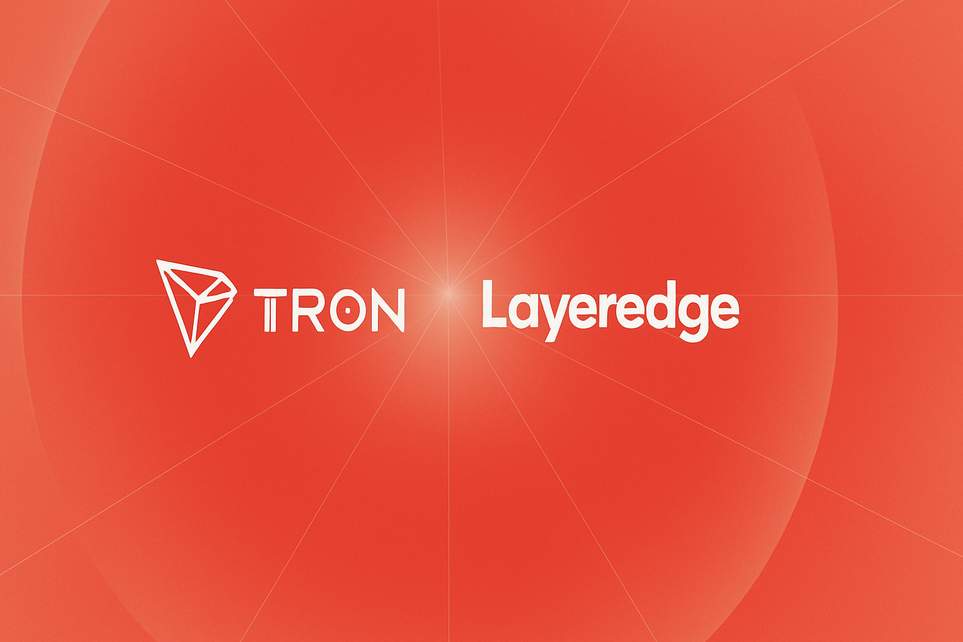LayerEdge Anchors TRON to Bitcoin with Zero‑Knowledge Proofs (Yes, Really)
Sponsored: This post is sponsored. Do your own research before making decisions — I’ll bring the humor, you bring the skepticism.
What’s going on?
TL;DR: LayerEdge has hooked up its zero‑knowledge proof aggregation tech with the TRON network to create a second, independent way to verify TRON’s state — and then pins that verification to Bitcoin’s blockchain for extra immutability. Think of it as TRON getting a notarized receipt stamped by Bitcoin. The goal: make TRON’s data provably tamper‑resistant without slowing the network to a crawl.
Why this matters: TRON is a massive, high‑throughput chain handling billions in transactions and hundreds of millions of accounts. LayerEdge’s system watches TRON’s block headers in real time, produces zk‑proofs, bundles them up, and anchors the bundle to Bitcoin so anyone can check TRON’s state against a globally recognized, very stubborn ledger — Bitcoin’s proof‑of‑work chain.
How it works (without the snooze‑fest)
LayerEdge runs a platform called edgenOS that generates succinct zero‑knowledge proofs for TRON block headers. Those proofs are recursively aggregated — basically merged into a single compact proof tree — and that final object gets anchored to Bitcoin. The anchoring step means you no longer have to trust only TRON’s validators; you can independently verify the chain’s history against a Bitcoin‑anchored fingerprint.
In plain English: imagine taking a huge photo album of TRON blocks, compressing the whole album into a tiny, tamper‑evident stamp, and signing that stamp with Bitcoin. If someone swaps photos later, the stamp won’t match and you’ll know something’s up. LayerEdge handles the zippy zk math and the aggregation so TRON keeps its speed while adding an extra audit trail anchored to Bitcoin.
The project claims this brings a new layer of verifiable independence to TRON’s ecosystem — making proofs that live outside any single validator set and are harder to forge or rewrite.
Why you should care (or at least pretend to)
If you like decentralization, audits that don’t require blind faith, or the idea of mixing Bitcoin’s immutability with high‑performance chains, this is interesting. For users and developers it promises extra assurance that the ledger they’re building on hasn’t been quietly rewritten. For speculators and headline chasers, it’s another example of chains leaning on Bitcoin as the ultimate reference point.
Does it solve every problem? No. It’s an extra verification layer — not a magical shield that fixes all bugs or governance disputes. But anchoring zk‑proofs to Bitcoin is a neat trick: it gives chains a way to tap into Bitcoin’s long‑standing reputation for resistance to tampering while keeping on‑chain performance intact.
Bottom line: LayerEdge + TRON = a new flavor of cross‑chain trust that anchors high throughput to Bitcoin’s stubborn ledger. If you like auditability with a side of cryptographic jazz hands, keep an eye on how this plays out.

